The Expressive Use of Line in Fashion Illustration
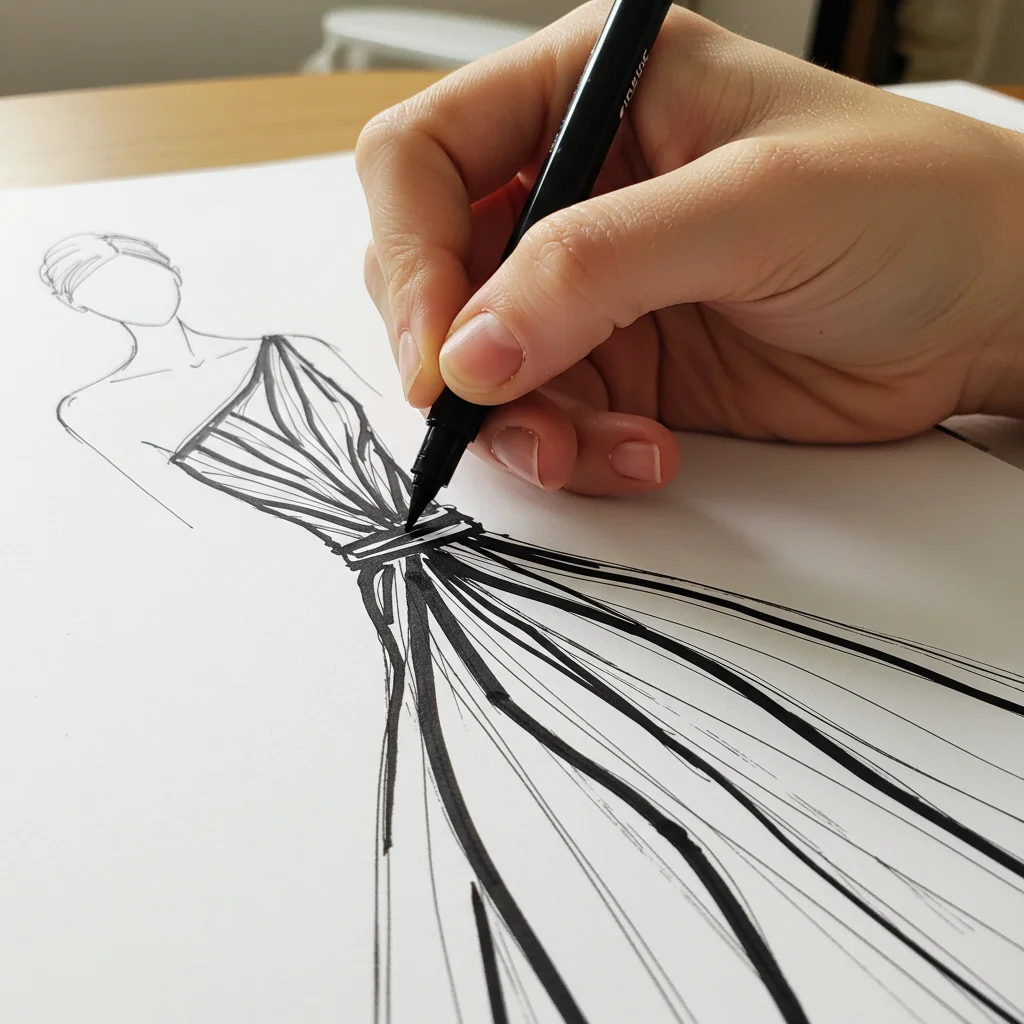
Lines are the heartbeat of fashion illustration. Whether bold and jagged or soft and flowing, lines define structure, movement, and emotion. In fashion art, a confident stroke can suggest fabric texture, while a delicate curve might capture the sway of a gown. Experiment with varied pressure and tools—ink pens, brushes, or digital styluses—to create lines that tell stories.
Moving Figures Exercise: Capturing Dynamic Poses
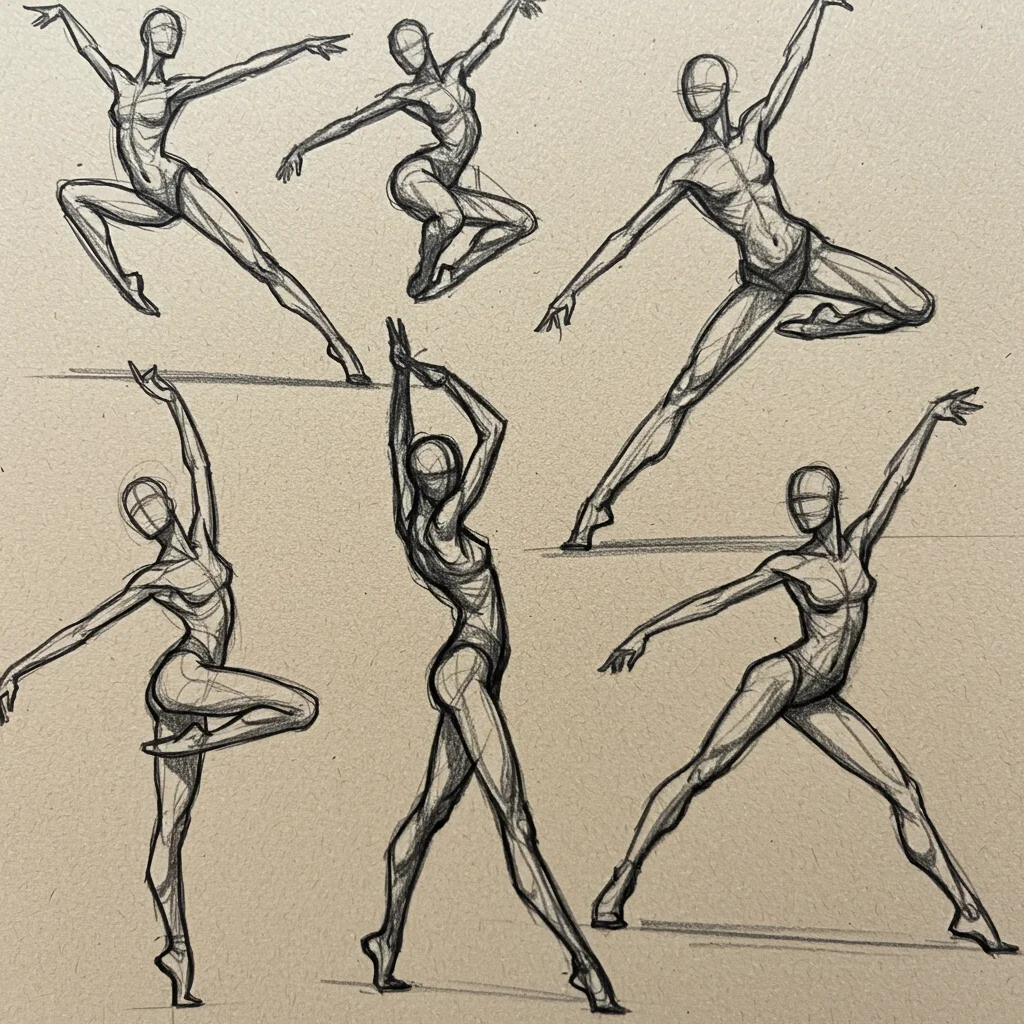
Fashion thrives on motion, and the moving figures exercise trains artists to translate energy onto paper. Sketch models in action—walking, twirling, or mid-stride—using quick, gestural strokes. Focus on the body’s rhythm rather than details. This exercise sharpens observational skills and helps illustrators convey liveliness, a key element in editorial and runway-inspired work.
Single Line Exercise: Simplifying Complexity

Challenge yourself with the single-line exercise: draw an entire figure without lifting your tool. This technique forces simplicity, helping artists identify essential shapes and flow. It’s ideal for creating minimalist yet striking illustrations. Embrace imperfections—they add character and teach you to prioritize form over precision.
Drawing from a Photo: Bridging Reality and Imagination
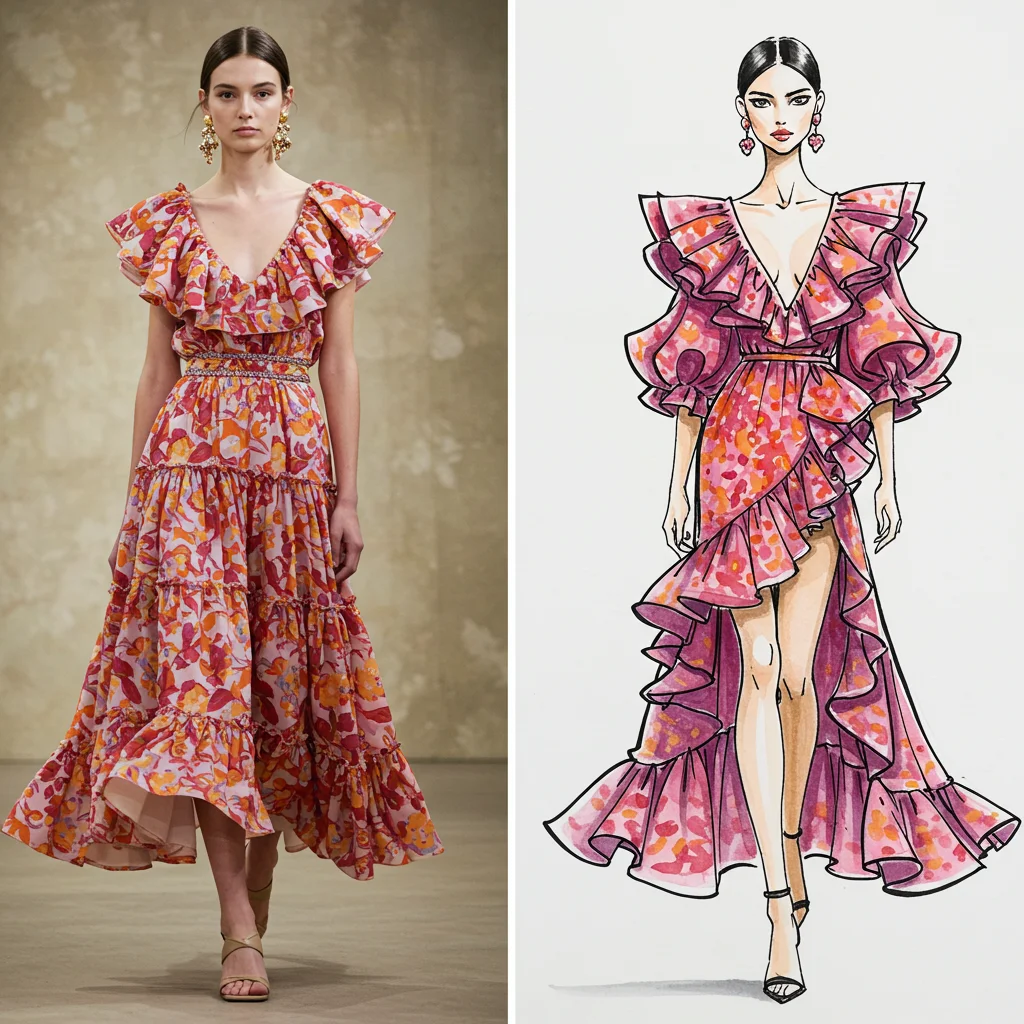
Photos are invaluable references for fashion illustrators. Start by replicating poses or garments realistically, then infuse your style. Adjust proportions, tweak details, or amplify textures. This practice builds technical skill while encouraging creative interpretation, ensuring your work stands apart from mere replication.
Exaggeration: Amplifying Emotion and Style
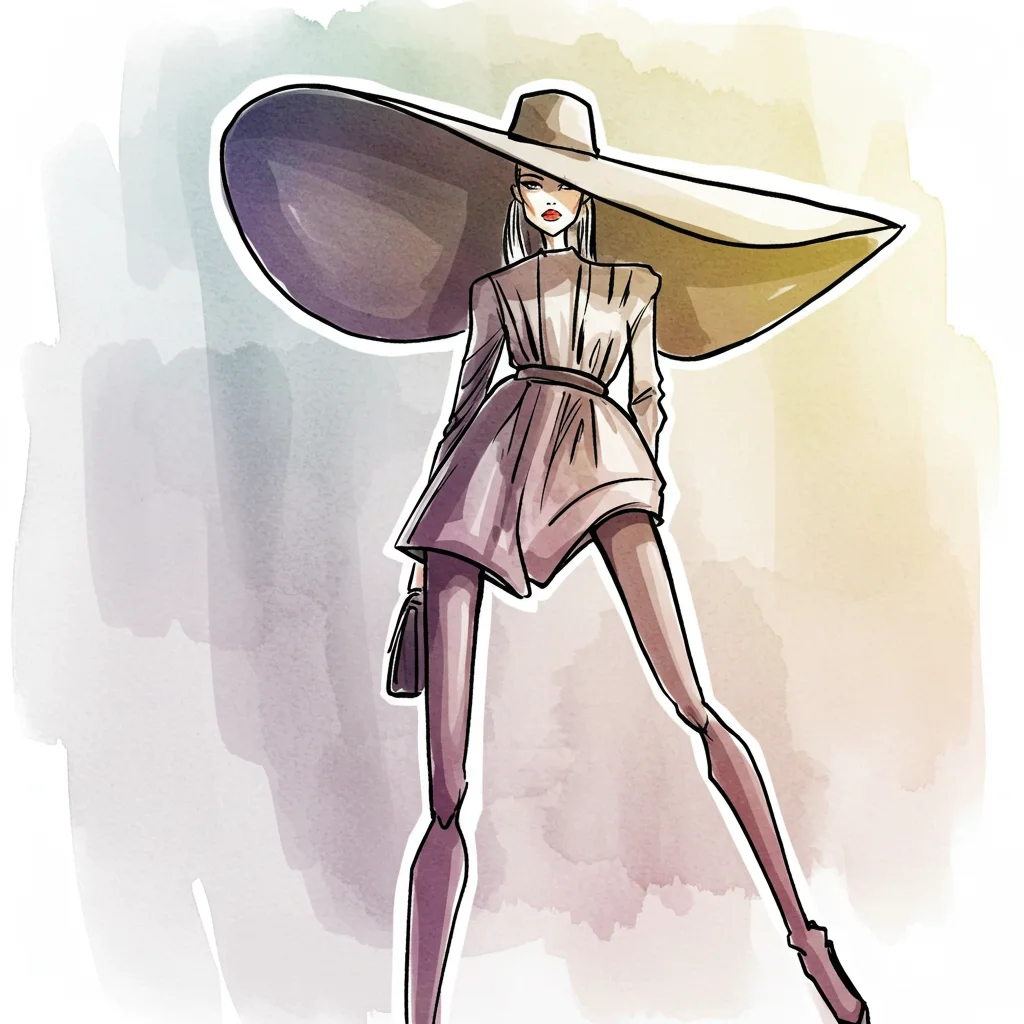
Exaggeration breathes drama into fashion art. Elongate limbs for elegance, amplify silhouettes for boldness, or enlarge accessories for whimsy. This technique highlights a garment’s unique features and evokes mood. Use it sparingly to guide the viewer’s eye and inject personality into your illustrations.
Abstraction: Breaking Down Forms into Essence
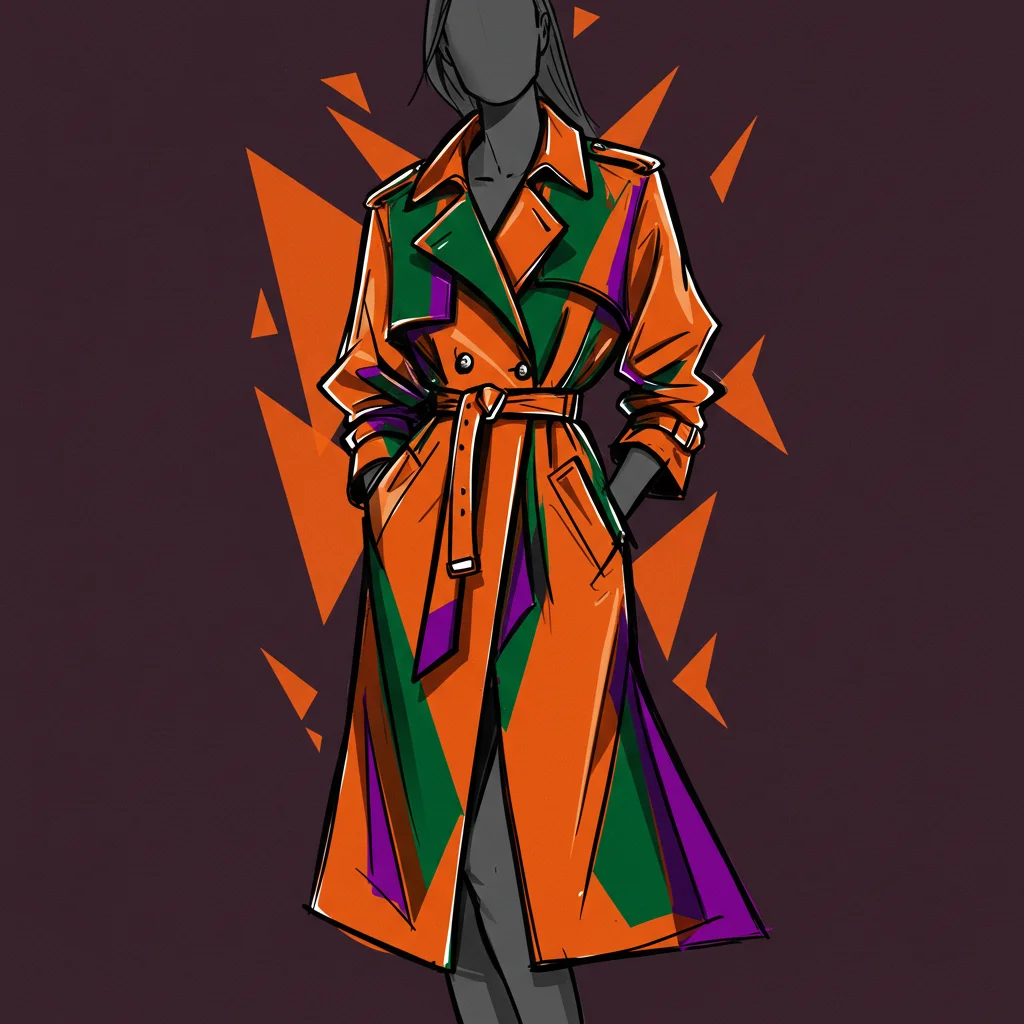
Abstract fashion illustration distills designs into shapes, colors, and suggestive lines. Simplify garments into geometric patterns or fragmented lines, focusing on essence over realism. This approach is perfect for avant-garde concepts or creating visually arresting editorial pieces that challenge traditional aesthetics.
By using these exercises and techniques, fashion illustrators can develop a style that’s versatile and dynamic, showing both technical mastery and artistic flair.

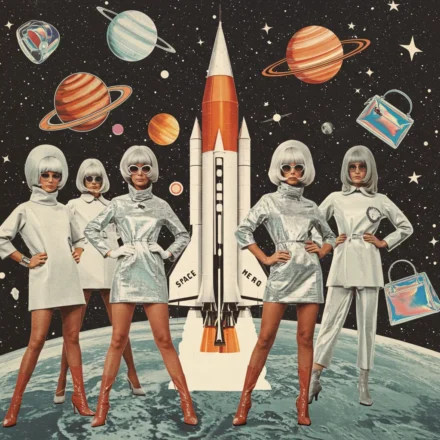
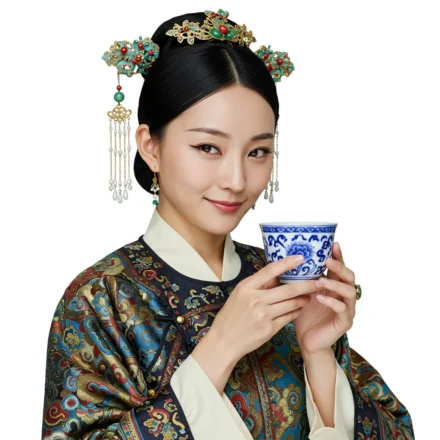






Leave a Comment